
Magnesium: What’s the Best One for You?
Our body is comparable to a complex machine having different parts working together. But instead of gears, we have elements interacting with each other to complete a chemical process.
Magnesium is the least common non-trace element but is very important in supporting bodily processes. It helps maintain normal blood pressure levels, steady the heart rate and support strong bones. It is also responsible for maintaining the function of the parathyroid glands.
In breastfeeding moms, magnesium is used with calcium supplements to improve its absorption and prevent bone loss or osteoporosis.
Magnesium deficiency can happen if a healthy adult does not get much magnesium in his diet. It can affect the gut and prevent the absorption of essential nutrients. It may trigger unwanted symptoms like rapid heartbeat, insomnia, poor memory, fatigue, weight loss and anorexia. But the question is, what’s the best Magnesium type for your needs? Let’s explore that in this article.
Types of Magnesium
Magnesium is naturally occurring in food, especially in leafy greens, nuts and whole wheat. There are also magnesium supplements available which doctors prescribe in case of deficiency.
If you worry you are not taking enough magnesium, you will likely resort to taking the supplement instead. But wait…
Supplemental magnesium is not one and the same. There are different types of magnesium that are classified according to their bioavailability absorption and medical uses.
There are ten general types of magnesium supplements. Here’s how not to confuse one with the other and to choose the best for your specific health concerns.
Magnesium Citrate
Uses: Raises the magnesium level; treats constipation; a calming agent
Magnesium citrate is the most popular type of magnesium. It primarily helps in treating constipation. Magnesium citrate is the most easily absorbable form of magnesium and produces a laxative effect. It has a sour and tangy taste since it is bound to citric acid.
Magnesium Glycinate
Uses: Treats anxiety, depression and insomnia
This is made up of magnesium and an amino acid called glycine. Magnesium glycinate is easily absorbed in the body and is generally well-tolerated. It has a calming property and may help reduce the symptoms of mental issues.
Magnesium glycinate is best for people who cannot tolerate high doses of magnesium.
Magnesium Lactate
Uses: Improves sleep; alleviates anxiety; regulates food acidity
Magnesium lactate is formed when magnesium is mixed with lactic acid. It is less popular as a food supplement but is common as a food preservative. It is often used as an additive to fortify food and beverages and reduce their acidity.
There are slow-release magnesium lactate tablets that may be prescribed to people who need to take larger doses of magnesium. It is gentler and with fewer digestive side effects.
⇒ This Plant Contains 92 of the 102 Minerals Your Body Needs to Survive (Video)
Magnesium Chloride
Uses: Treats heartburn, constipation and low magnesium levels; a topical sore muscle reliever
Magnesium chloride, also called magnesium salt, is typically used in topical products and salt baths. It is absorbed into the skin to help relieve achy muscles and joints. It can also be taken internally although it may cause digestive side effects, unlike other types of magnesium.
Magnesium Sulfate
Uses: Incorporated in bath salts; relieves stress; alleviates sore muscles
Magnesium sulfate is commonly known as Epsom salt. It is a water-soluble compound made by combining magnesium, sulfur and oxygen. It is also used as an added ingredient in skin care products.
Magnesium sulfate gets absorbed into the skin. It helps relax the muscles and relieves stress.
Magnesium Malate
Uses: Reduces inflammation; assists in mental health problems; increase tolerance to exercise
Magnesium malate comes from the combination of magnesium and malic acid. Like magnesium glycinate, magnesium malate is also easily absorbable but with less digestive side effects. It is energizing and helps improve muscle pain recovery from exercise.
The malic acid component reduces the possibility of forming oxalate to prevent kidney stone production.
Magnesium Oxide
Uses: Antacid for sour stomach, heartburn and indigestion
Magnesium and oxygen can be combined to produce a powdery substance called magnesium oxide. Magnesium oxide is seldom used as a dietary supplement for increasing magnesium levels in the body. That is due to its poor absorbability and laxative effect and it is therefore not advisable for repeated use.
Magnesium oxide is sometimes prescribed by doctors for rapid bowel emptying before a scheduled surgery.
Magnesium Orotate
Uses: For low magnesium levels, stomach acid, heartburn, and indigestion; promotes heart health; recovery of energy and increases stamina
Orotic acid is a natural substance in the body that is involved in the building of DNA and other genetic materials. When combined with magnesium, the resulting magnesium orotate energizes the heart and blood vessel tissues for proper functioning.
Mg-orotate is available in tablets and used by athletes and sports enthusiasts for improving stamina and recovery.
Magnesium Taurate
Uses: For management of stress, high blood pressure and blood sugar levels; aids in muscle recovery
Preliminary research suggests the possibility of the combination of magnesium and taurine in protecting the cardiovascular system. It has antihypertensive and cardioprotective properties which may be useful in improving cardiovascular health.
Magnesium L-threonate
Uses: To improve cognitive function
Magnesium L-threonate is the salt that forms when magnesium and threonic acid are combined. Research for its potential as a brain food supplement is still in its early stages.
However, some clinical trials found that magnesium L-threonate is useful in preventing brain cell death. It also preserves its cognitive functions leading to a high possibility of treating the symptoms of Parkinson’s disease.
Topical Magnesium
Magnesium is an oral supplement that is generally safe for most people. From among the list, magnesium sulfate is the type of magnesium that is commonly applied topically. It is seldom used orally since its strong laxative property can trigger an upset stomach and diarrhea.
In the market, you may find magnesium oil, spray or flakes for topical applications. These are called transdermal magnesium that permeates through the skin and gets distributed into the body. The use of this product is still under further study to explore its effectiveness in increasing the magnesium level without affecting the gastrointestinal tract.
Transdermal magnesium products are best for treating joint and muscle pains as well as migraine pains. You may also use them to help you with anxiety and insomnia without causing an upset stomach.
How to Choose the Best Magnesium Product
Magnesium is present in whole foods, nuts and vegetables. Low magnesium levels are uncommon as long as you consume foods that contain it. If you cannot get enough magnesium from your diet, then taking supplements is an option.
Choosing a magnesium product is based on considerations like how much magnesium you typically consume and how much you currently need. The right dosage may be between 400-420mg in men and 310-360mg in women.








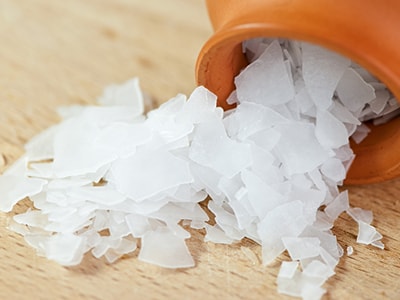

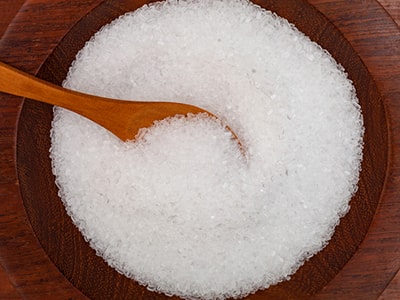

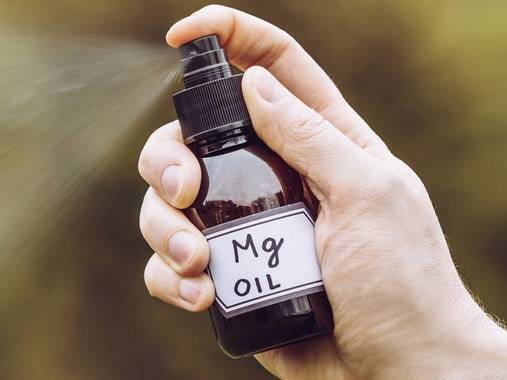
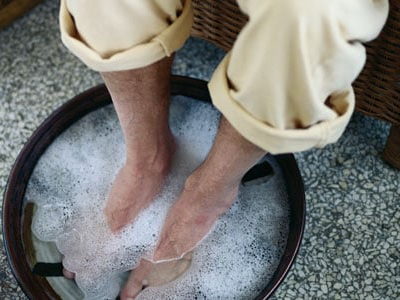
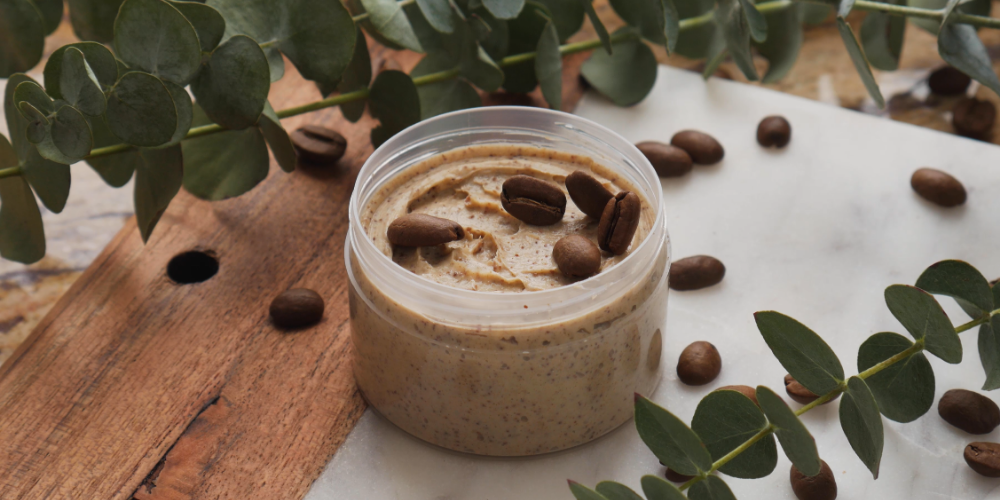


It doesn’t tell me where to get the suppliments.
I’m not sure where you are located but you could start looking on line on Vitamin Shoppe’s or GNC’s website. Try to find magnesium supplements that are derived from food. Also, Megafood has a magnesium supplement it sells.
I take magnesium gluconate, which is not on your list.
Any thoughts about that one, please?
Just red your very informative article and checked my magnesium supplement “calm” – it’s magnesium carbonate which is not mentioned in the article. Could you please share your opinion on this form of magnesium. Thanks.
Would you apply the magnesium topically to the spot where you have the migraine or on the back of the neck? I created a spray with water and magnesium flakes, but would like to know the best spot to apply for migraines. Thank you.
I use the magnesium spray for my cramps in my legs and feet. I’m not sure what type this would fall under. If I miss more than 2 days in a row, my cramps come back severe.
Elaine, where do you get the magnesium spray?
Thank you
Which one is best for cramps please?
The use of Schūssler salt Mg Phosphoricum is not mentioned. A powerful anti cramp remedy and used successfully for reflux with NO side effects. Available online and in health shops.
I’m looking for something for cramp and neuropathy but can’t find anywhere that sells no 7 of this. Do you know where it’s available in the UK?
Look up Helios or Ainsworths.
What would you recommend for an under the age of one child? She doesn’t sleep well. I’ve been approached to make some cream for her, but I was not aware of all the different magnesium’s.
Thank yiu for your help Kathy
Hey, I know you were asking Nicole. But wanted to let you know (father of 5) that we used a little coconut oil mixed with lavender oil or serenity oil (doterra) and rubbed it on the bottom of their feet at night and put socks over. It worked wonders!